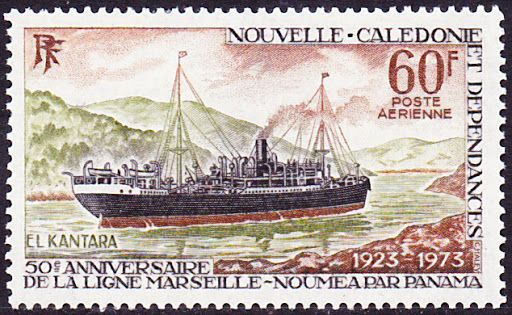New Caledonia (Nouvelle-Calédonie) is a special collectivity of France, currently governed under the Nouméa Accord, located in the southwest Pacific Ocean. The archipelago, part of the Melanesia subregion, includes the main island of Grande Terre, the Loyalty Islands, the Chesterfield Islands, the Belep archipelago, the Isle of Pines, and a few remote islets. The Chesterfield Islands are in the Coral Sea.
The earliest traces of human presence in New Caledonia date back to the Lapita period c. 1600 BC to c. 500 AD. The Lapita were highly skilled navigators and agriculturists with influence over a large area of the Pacific. British explorer Captain James Cook was the first European to sight New Caledonia, on 4 September 1774, during his second voyage. He named it “New Caledonia”, as the northeast of the island reminded him of Scotland. The west coast of Grande Terre was approached by the Comte de Lapérouse in 1788, shortly before his disappearance, and the Loyalty Islands were first visited between 1793 and 1796 when Mare, Lifou, Tiga, and Ouvea were mapped by William Raven.
On 24 September 1853, under orders from Emperor Napoleon III, Admiral Febvrier Despointes took formal possession of New Caledonia. New Caledonia became a penal colony in 1864. The indigenous population or Kanak people were excluded from the French economy and from mining work, and ultimately confined to reservations. This sparked a violent reaction in 1878, when High Chief Atal of La Foa managed to unite many of the central tribes and launched a guerrilla war. A second guerrilla war took place in 1917,
In June 1940, after the fall of France to the Nazis, the Conseil General of New Caledonia voted unanimously to support the Free French government. In March 1942, with the assistance of Australia, the territory became an important Allied base. In 1946, New Caledonia became an overseas territory of France.
Blogs
- France & French Colony Stamps
- French Colonies Stamp Group
- French Stamps – Timbres Français
- Pacific Islands Study Circle
- Stamps of the French Colonies
- Stamp Thing – France and Colonies







